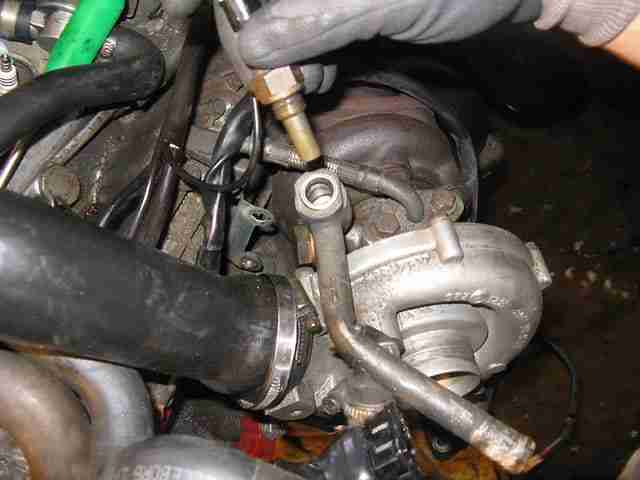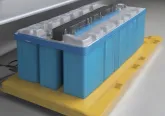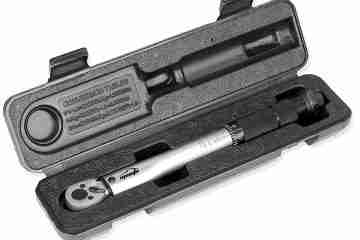Can a bad coolant temperature sensor cause car not to start?

Not being able to start your car is an extremely frustrating feeling. No matter where you are going or what you are doing, a car that fails to start is always a nuisance. The problem is, there are a multitude of reasons why your car could not be starting, and troubleshooting takes quite a bit of time. There are obvious reasons, like the battery being drained, and there are more complex reasons. Could something like your coolant temperature sensor cause your car not to start?
The short answer is, no, a bad or faulty coolant temperature sensor will not cause your car to not start. While your car will start, it is not good to have a non-working coolant temperature sensor for long. If left unattended, it will cause other serious damage to your car.
What is a coolant temperature sensor?
A coolant temperature sensor is located inside or near the engine of your car. It measures the temperature of your vehicle’s engine coolant and sends this information to the Engine Control Unit (EUC). This, in turn, shows how much heat your engine is giving off. The idea behind the coolant temperature sensor is to constantly monitor the temperature of the engine to make sure it is running at an optimum temperature. A change in the temperature then allows the engine to adjust its fuel injection accurately.
How does a coolant temperature sensor work?
In order to receive an accurate reading of the most recent engine temperature, the ECU sends a regulated voltage to the coolant temperature sensor. The sensor then gives off some resistance depending on the temperature of the coolant. This is how the ECU can monitor temperature changes. From there, the ECU uses the reading that it gets to calculate the coolant temperature and adjust things like the fuel injection, ignition timing, cooling fan, fuel mix, etc. It also sends an accurate reading of the engine temperature to the gauge on the dashboard. Also, if the temperature is too low or too high, it will signal your check engine light to come on.
How can you tell when your coolant temperature sensor is not working correctly?
It is important to be able to recognize the signs and symptoms of a faulty coolant temperature sensor as it can lead to a wide range of problems that can get progressively worse and cause real and expensive damage to your vehicle. The first thing you can do is to take a look at the coolant temperature sensor to see if it is cracked or damaged in any way. The coolant temperature sensor is typically found under the hood of the car, on the radiator or near the thermostat housing.
If you notice any of the following is happening with your car, it could be a sign that something is wrong with your coolant temperature sensor.
- Engine temperature gauge shows an irregular temperature (should read somewhere between 88 and 90 degrees Celsius when the car is warm)
- Fuel is being used more quickly than usual
- Engine making a loud noise when idling
- Engine is overheating
- Check engine light is lighted on your dashboard
One of these symptoms by itself is not necessarily an indicator that your coolant temperature sensor is not working properly, however a combination of two or more could be. If you are noticing any of these issues with your vehicle, it is important to take it into a certified car mechanic so that they can take a look and tell you for sure.
What could be causing my car to not start?
While it may not be the coolant temperature sensor that is causing your car to not start, it could be a plethora of other issues. One of the most common reasons why a car doesn’t start is that the battery is dead. If this is the case, you can use jumper cables to jump start your car and let it run for a while so that the battery recharges. If you do this and the battery does not recharge, then the battery is completely bad and must be replaced.
Another common issue that causes your car to not start is a bad starter motor. This is what physically turns your engine over and starts the car. If your starter motor is not working correctly, a new one will have to be installed.
A bad timing belt can also cause your car to not start. While you may have never heard of a timing belt, it has one of the most important jobs in your vehicle. The job of a timing belt is to make sure that the engine’s valves open and close at the correct interval so that the valves and pistons never touch. If this were to happen, irreversible engine damage would be caused, requiring you to replace your entire car battery. For maintenance, a timing belt should be replaced every 60,000 miles.
A bad ignition coil could also be the culprit of your non-starting car. The job of the ignition coil is to change the battery’s voltage into an electric spark. When the ignition coil is damaged, there is not enough “juice” to transfer the voltage into a spark. A multimeter will be able to test the strength of the current running through your ignition coil and tell you if you need a replacement.
Lastly, another common issue that will cause your car to not start is a clogged fuel filter. If the fuel filter is clogged badly enough, it will prevent enough fuel from getting to the engine. If it has gotten so bad that the car is not starting, then typically cleaning the filter will not be too little too late. A replacement will most likely be needed if the issue has reached this point.
The above list of problems is just some of the most common issues that cause your car not to start. There are many others. If you are not confident enough about your automotive knowledge to test any of these things yourself, take your car to the service department at your dealership or to a qualified mechanic. Tampering with your vehicle without knowing what you are doing will most likely cause more problems than it will solve.
What to do if my car isn’t starting?
If you are stranded and your car is not starting and you are not knowledgeable enough about vehicles to diagnose your car yourself, you have a few options on what to do. First, ask someone around you for jumper cables. Even if you don’t know what to do, most jumper cables have very clear instructions included. If you can’t find instructions, there are many helpful step-by-step videos you can follow online.
If jumper cables are not an option, you can call a roadside assistance service, like AAA, to help you start your car. They will have jumper cables on hand and be able to jump your car in 5-10 minutes. AAA has an annual membership fee, however, so you will have to pay for their service. You can only call if you have a AAA membership card. Some dealerships have roadside assistance services as well, but most require you to be pre-enrolled before they will come to help you as well.
There are many reasons your car may not be starting, but a bad coolant temperature sensor will not be one of them. Hopefully, after reading this article, you can take care of the situation without having to call someone to tow your car.














No Comment